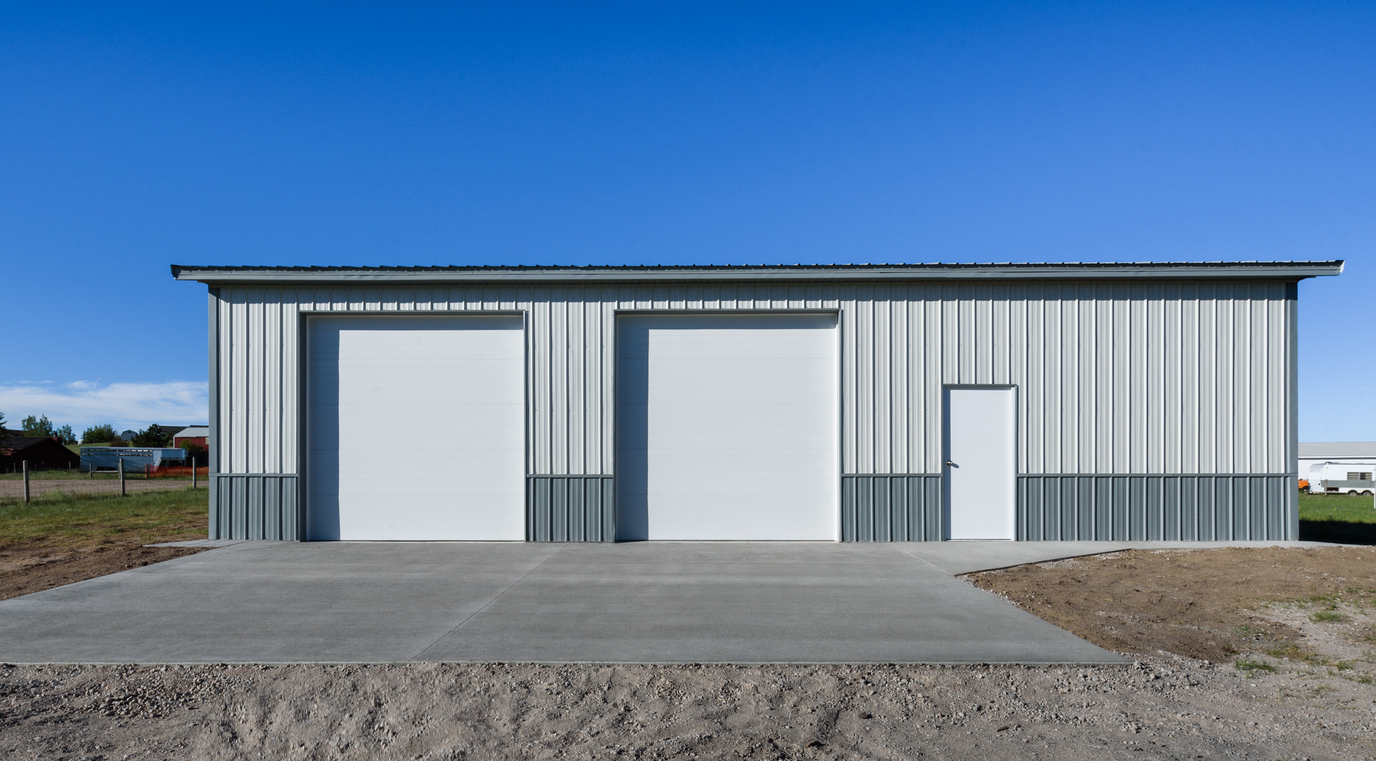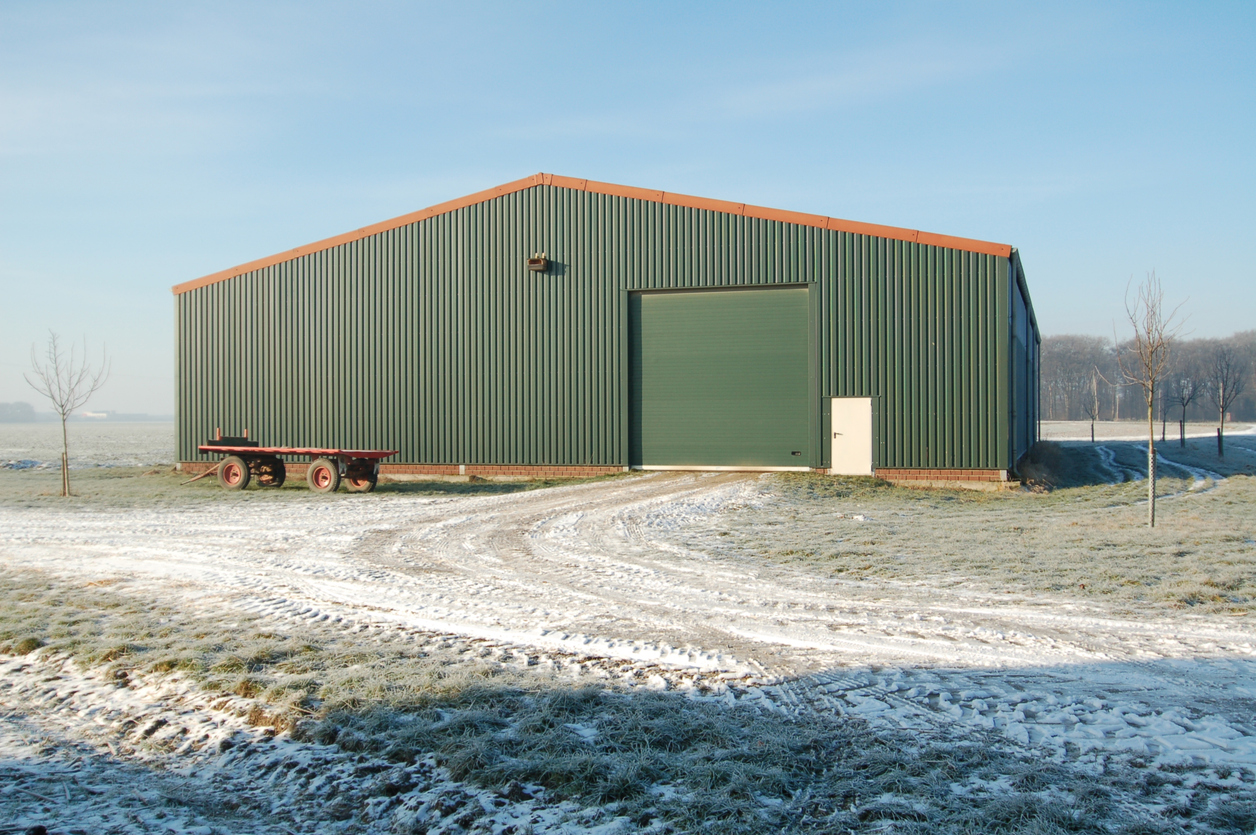Over the past number of years there have been several improvements and advances, and pre-engineered steel structure systems are now one of the top choices for larger and more complex applications. Previously, the phrase “steel structure” was associated with unattractive huts and cheap structures. Fortunately, modern agricultural applications, retail establishments, flight training facilities, and many other buildings feature 100% commercial quality steel along with some very contemporary building designs. The early 1900s saw the first use of all-steel buildings–namely as automobile enclosures. Steel began as–and still is–a durable and low cost product which quickly began to be utilized for storage structures and small businesses.
In the 1920s, farm structures and numerous other agricultural applications were fabricated with steel. Timber was being discarded by farmers and ranchers in favor of steel.
The initial line of pre-fabricated steel structures forming a rigid steel frame scheme came into use at the beginning of the 1940s. Discovered to be a strong and long-lasting construction style, rigid structural frames are still in use today and are popular for all manner of projects. Larger and more functional building systems were attainable at a lower price and the advantages of a speedier construction period were recognized. Soon after the 1940s, steel aircraft hangars rapidly began to displace those aircraft hangers that used alternative resources.

A short time after the 1940s, pre-fabricated all-steel structures advanced in terms of engineering flexibility and greater attainable dimensions. In 1956 the Metal Building Manufacturers Association was established. Standardizing the industry, this alliance started a push towards modernization and a larger appeal for pre-engineered and pre-fabricated steel buildings. The pre-engineered steel building business has increased markedly with a million dollars in new buildings at the close of the 1950s, to a figure of $2.5 billion dollars in building construction by the end of the 20th Century.
Premium grade steel will continue to grow in approval and use in the 21st Century. Despite recent increases in the price of steel, many building purchasers, businesses and alliances continue to opt for steel as their building material of choice, as it is remains less costly than most other materials.
Image Credits: Wikimedia.org

